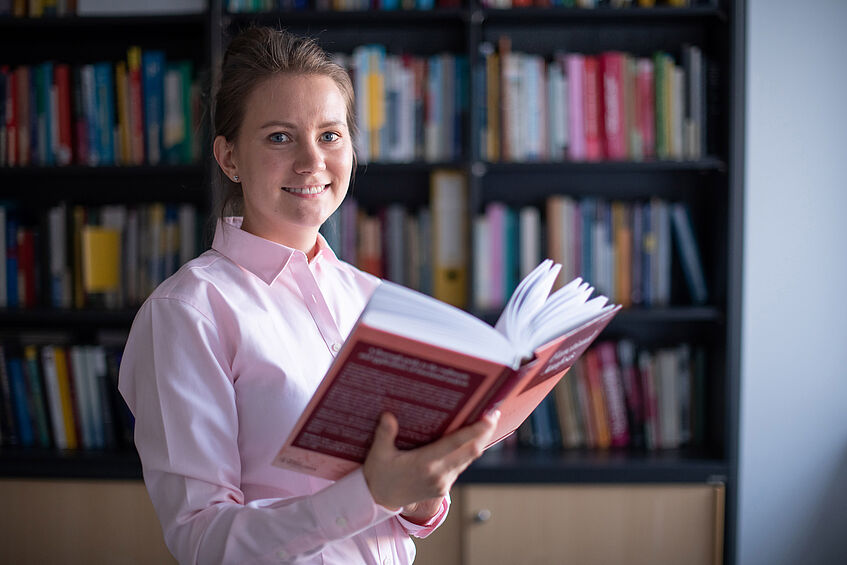Anastasia Molchanova
Injectivity, Regularity, and Extensibility of Deformations

Injectivity, Regularity, and Extensibility of Deformations
This project is concerned with analytical aspects of nonlinear elasticity theory. This theory provides realistic descriptions of how solids deform when subject to stresses. Applied forces are assumed sufficiently large so as to make the stress-strain relationship of the rigid body nonlinear. Whilst the linear theory is well developed and rests upon solid foundations, the same is not true of its nonlinear counterpart. Many challenging mechanical applications (for instance in rubbers and in biological materials) require, for their successful analysis and design, the more general, though less tractable, nonlinear theory. Mathematically, the problem of identifying equilibrium configurations in nonlinear elasticity can be recast as that of the minimization of an energy functional over the class of admissible deformations. Plenty of mathematical problems are motivated by this model, for instance,
to what function space should admissible deformations belong?
This project focuses on the analytical and geometrical aspects of nonlinear elasticity in the context of mappings of finite distortion. Originally developed in the framework of quasiconformal analysis, these mappings provide a favourable alternative to Sobolev classes for the modelling of nonlinearly elastic phenomena, as they allow to directly encode a number of physically relevant properties in the model, such as invertibility and continuity. The present state-of-the-art of both the mathematical and engineering aspects of nonlinear elasticity seems to suggest the need for a shift in paradigm. For instance, phenomena which involve a mixed Eulerian–Lagrangean formulation, such as piezoelectricity, the modelling of nematic elastomers or gravitational forces acting on elastic bodies, cannot be fully characterized by classical techniques.
The aim of the project “Injectivity, Regularity and Extensibility of Deformations (IREx)” is to carry out the analysis of nonlinear elasticity problems with mappings of finite distortion within the general framework of the calculus of variations. Namely, we ask:
Which conditions are sufficient for deformations to be one-to-one and to be injective up to the boundary?
Under which conditions does a given boundary homeomorphism admit a homeomorphic extension of Sobolev class to the domain?
As the project promotes an unconventional viewpoint on elasticity problems, it will foster the development of continuum mechanics in a novel way, as well as ensure a deeper understanding of geometrical and analytical properties of mappings with finite distortion. The goals of the project include studying injectivity and regularity, as well as extensibility aspects of admissible deformations. The proposed research targets a family of novel problems appearing at the interface of geometric analysis and mechanics, such as studying injectivity of limits of Sobolev homeomorphisms; regularity aspects under finer scale of function spaces, e.g. grand Sobolev or Orlicz classes; and extension of admissible deformations in both directions – from the boundary and to the boundary. It will therefore be necessary to borrow and combine modern and classical techniques, as well as established results from quasiconformal analysis, from the calculus of variations, and from the theory of partial differential equations.
The problems considered in the proposal are expected to impact significantly on both quasiconformal analysis, and on the calculus of variations. The extensibility aspects are timely and could have a deep influence on the research in magnetoelasticity and plasticity. The results and techniques which will be developed under the project are crucial as they deal with integrals over deformed sets, which play a key role for the study of mixed Eulerian– Lagrangean formulations.
